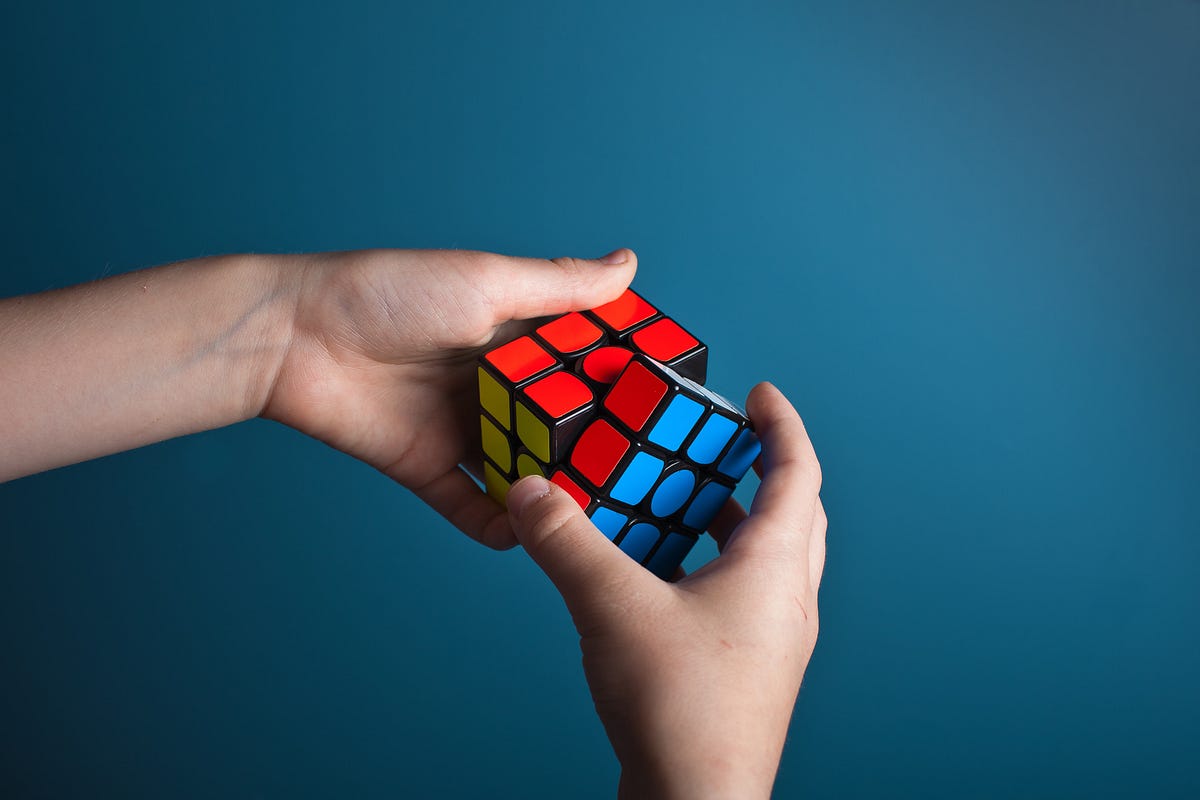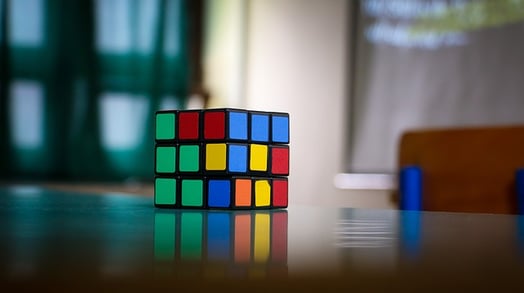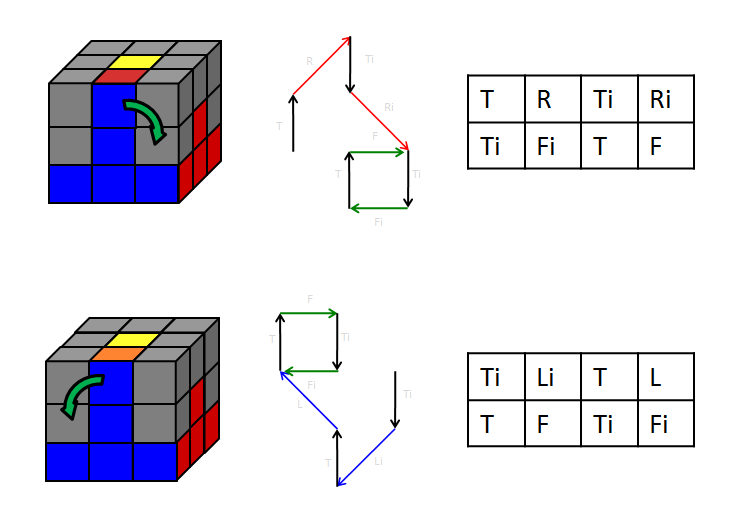The Art and Science of Solving the Rubik's Cube, a Beginner's Guide
keywords: rubik's cube, 3x3 rubix cube, 3x3x3 rubiks cube
The Rubik's Cube is a puzzle invented in 1974 by Ernő Rubik.
It is a cube that has 3 layers on each side, for a total of 8 layers. The goal of the game is to twist and turn the cube to return it to its original state, with every side having only one color.
The Rubik’s Cube was invented in 1974 by Ernő Rubik, an architect and professor of architecture at the Budapest University of Technology and Economics. He became frustrated while trying to solve a traditional 3x3x3 puzzle, so he created his own design with one layer per side.
History of the Rubik's Cube and How to Play It
keywords: how to solve a rubiks cube, how do you solve a 3x3 rubix cube
The Rubik’s Cube is a puzzle game created in 1974 by Erno Rubik. The object of the game is to scramble the colors on all six faces of the cube so that each face has only one color.
This section will provide information about how to solve a 3x3 rubix cube, as well as a brief history behind its creation and how it came to be.
Algorithms for Solving the Rubik's Cube
keywords: algorithms for solving rubix cubes, algorithms for solving 4x4 and 5x5 cubes
The Rubik's Cube is a 3-D combination puzzle invented in 1974 by Ernő Rubik.
There are algorithms for solving various sizes of the cube. The most popular algorithm is a layer-by-layer method. This algorithm solves the cube by dividing it into layers and then solving each layer one at a time. The second most popular algorithm is called the "corners first" method, which solves the corners and edges of the cube first, before solving its faces.
Methods to Memorize and Practice Algorithms
keywords: apps to memorize algorithms, app to learn algorithms
Algorithms are a set of instructions that are followed in a particular order to solve a problem. They are used in programming, mathematics, and other fields. Algorithms can be difficult to remember and practice because they seem abstract. This article will provide methods for memorizing and practicing algorithms. It will also provide resources for those who need to learn algorithms or want to brush up on what they already know. In this article, I will talk about how we can use apps to memorize algorithms. These apps allow us to practice algorithms in the form of puzzles or games that we can play on our phone or tablet. .There are a couple of apps that have been specifically designed for the purpose of memorizing algorithms. One app is called the Algorithm Game and it allows the user to practice their algorithm knowledge through a variety of levels in a 3D game. The levels increase in complexity as you progress through them, so it's not only interesting but also challenging!
Tips on How to Improve Your Speed-solving Skills
keywords: speed solving skills tips, how to improve speed-solving skills
Speed-solving skills are important for a variety of careers. From architects to engineers, the ability to solve problems quickly and efficiently is an important skill.
The following tips can help you improve your speed-solving skills:
1) Practice solving problems in a variety of formats. This will allow you to improve your problem-solving skills, as well as identify what types of problems are more challenging for you.
2) Work on increasing the size of the puzzles that you solve. For example, when solving a 3x3 puzzle, move up to 4x4 or 5x5. This will help increase your speed and accuracy with larger puzzles.
3) Try solving puzzles backwards or from right to left for additional practice with spatial reasoning and orientation skills.
4) Solve puzzles with other people so that you can work as a team. This will help increase your speed and collaboration skills.
5) Remember to take breaks when solving puzzles, especially if you are having difficulty solving them. Frequent breaks tend to improve concentration and mental stamina, which allows you to work faster on more difficult or lengthy problems. 6) It may also be helpful to set a timer or stopwatch so that you can work on your speed as opposed to how long it is taking. Puzzles are best used in a variety of different environments, such as during meetings, classrooms and social settings. They can also be used to encourage creativity, provide structure for thinking, and exercise spatial reasoning skills. There are many benefits to puzzle-solving activities and people should incorporate puzzles into their daily lives.
How Can You Find The Right Puzzle
Puzzles are a great way to stimulate the brain and keep it active. They can also be used as a form of entertainment for the whole family. Puzzles come in many different shapes, sizes, and difficulty levels. In this article, I will provide some tips on how to find the right puzzle for you. I will also discuss some of the benefits of puzzles and provide a few examples of puzzles that are available today.
The following are some tips on how to find the right puzzle for you:-Start by thinking of a type of puzzle you enjoy. These can include jigsaw puzzles, logistic puzzles, and other types. -Then think about what interests you: animals, sports, maps, or something else? Pick one out of these categories as it may help you decide on a puzzle.-Next, think about what size puzzle best suits your needs. If you are looking for a smaller, more portable puzzle, then look for ones that are about 18-inches or less. If you want something that is bigger and provides longer lasting entertainment, then choose one with a 24-inch or larger size.-After you have decided on the size and type of puzzle you want, go on the site to see what puzzles are available. If a person doesn't have a preference on which company they like, they can consult their local library or bookstore to see if they have any of the puzzles in store.-Finally, read reviews from other customers before buying. This is an important step as it helps people find out if a product is any good.





.jpg/1200px-Rubik's_Cube_Collection_(4316806619).jpg)